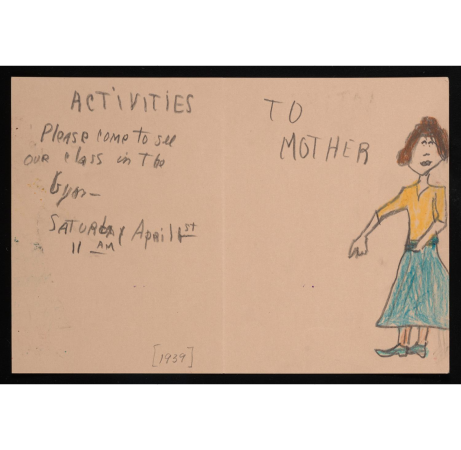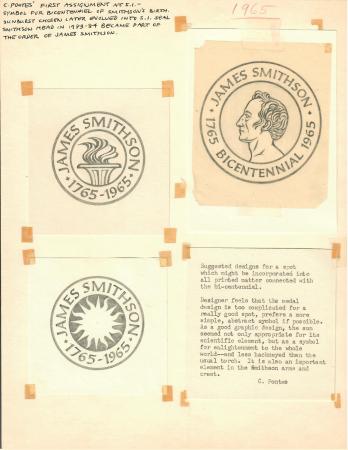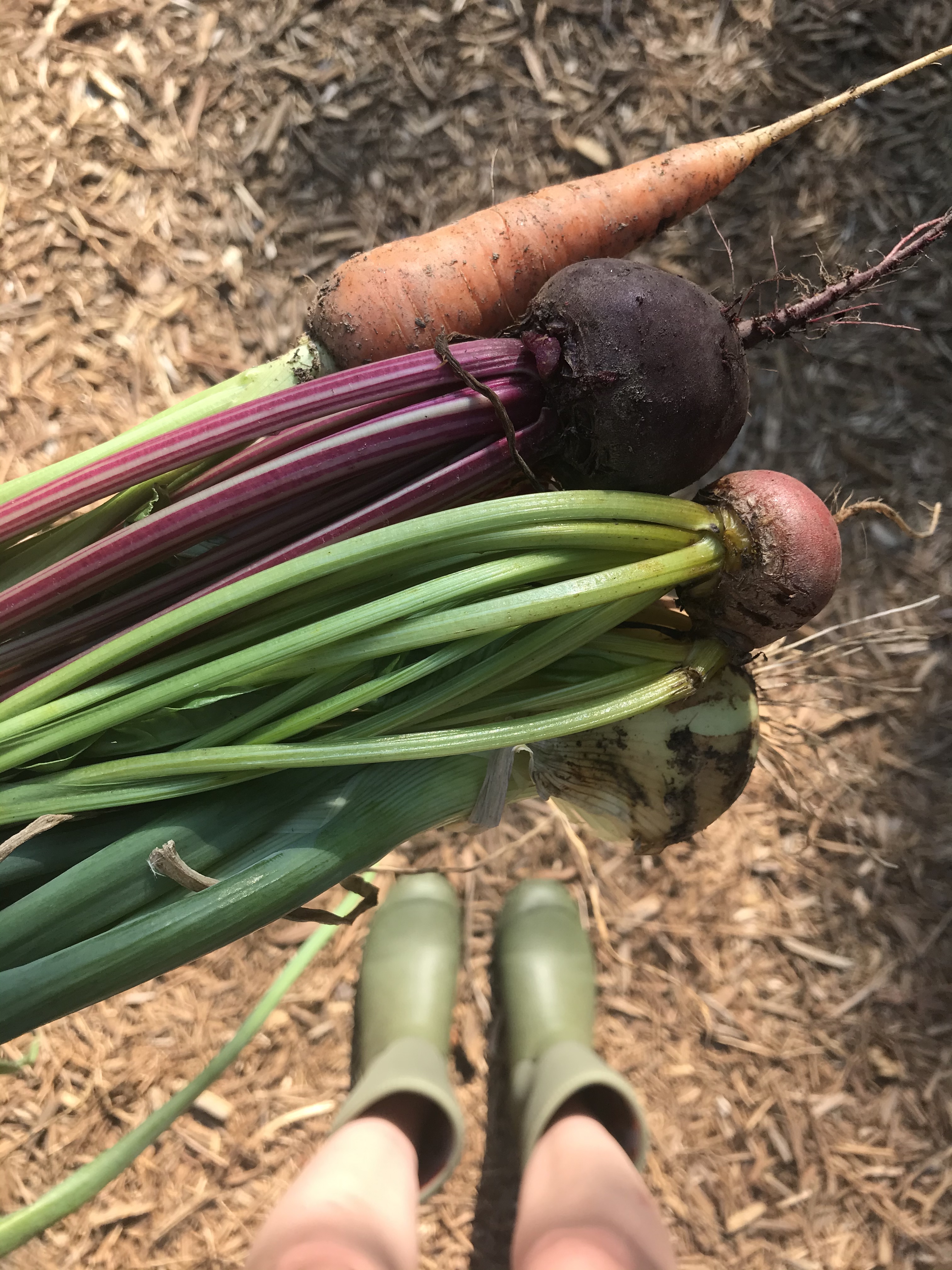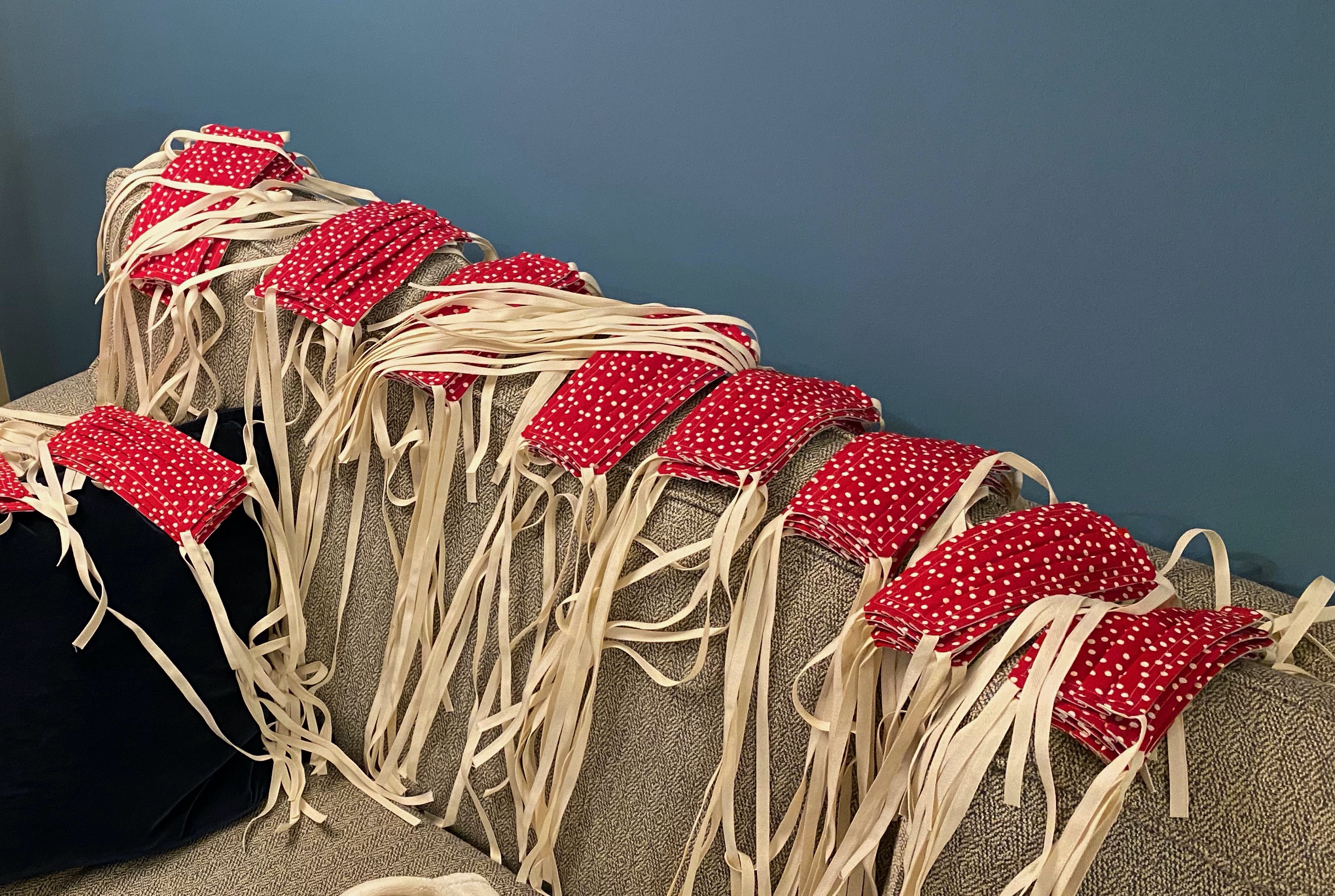Though this year has been like no other in our history, Archives staff has continued to serve our researchers. Over the last nearly nine months, we’ve learned new skills that will allow us to be more nimble and skilled in responding to our digital audiences as we look forward to 2021.
Staff has been busy addressing reference inquiries, publishing new image records online, recording new oral histories, and updating records with improved metadata to make our collections more discoverable.
Oh, and we’ve gained 110 new colleagues. In 2020, we announced the merger of Smithsonian Libraries and the Smithsonian Institution Archives to form the Smithsonian Libraries and Archives. Through this new partnership, the Smithsonian Libraries and Archives houses nearly 3 million library volumes in subjects ranging from art to zoology and 44,000 cubic feet of archival materials chronicling the growth and development of the Smithsonian throughout its history. Together, the organization will better serve the growing needs of the global research, curatorial, library, archival, and academic communities.
Before we dive into this year’s stats, we wanted to reshare our staff check-in from June. During this unprecedented period of extended telework, staff shared the new hobbies and projects, from perfecting the art of the biscuit to carving wooden ducks, that have been bringing them joy from home.
Now for the numbers. This year, the Archives has collected 201 new accessions, comprising 126 cubic feet and 903 gigabytes of records. Read about our records that you can now explore online in our latest Collection Highlights.
Though the reference team only assisted researchers in 388 personal visits, they tackled a whopping 3,849 remote inquiries. Read about the collections our virtual patrons have been diving into through our latest Hot Topix segment.
Our Institutional History Division has conducted seven new oral history interviews, which is around 17.5 hours of recordings, with current or former Smithsonian staff. The Division was also quick to respond to the needs of the stuck-at-home public and published a “How to Do Oral History” guide and video for those looking to get started from home. Additionally, the team has launched new webpages featuring six women who have broken gender barriers at the Smithsonian and in their respective scientific fields. Get to know Annette A. Aiello, Olga F. Linares, Lucile Quarry Mann, Eva J. Pell, Mary E. Rice, and Helena M. Weiss.
As you might imagine, not everyone on our staff can do 100% of their jobs at home. Since March 16, 2020, staff has really come to know the meanings of “other duties as assigned.” Since the launch of Smithsonian Open Access in February 2020, our staff has designated 5,756 additional images, three times as many as was initially launched, as open access. Staff also enhanced or created 1,505 finding aids while working from home. To make our collections more accessible, staff added metadata and descriptions to 10,962 records.
In 2020, the Archives is also proud to have supported the American Women’s History Initiative. Our team co-hosted the virtual “Wikipedia & Women in Science: Smithsonian Groundbreakers” edit-a-thon on August 31. This program shattered our previous participation records with 40 active participants working on entries for Smithsonian’s women in science. Additionally, read about the ways in which our historians participated in this year’s American Women’s History Initiative virtual symposium.
Our #volunpeers with the Smithsonian Transcription Center have been breaking records this year as they make our collections more discoverable to researchers. They completed 127 projects for a total of 17,345 pages. To put into perspective just how much this community has grown, the number of contributors has increased threefold to around 75 transcribers per project.

Despite the fact that our staff has been working from home, away from our collections, our team has continued to share fascinating new content on our blog. Revisit the top five blog posts of 2020, which range from a Q&A about the digitization process to a feature about the woman behind the original design of the Smithsonian’s iconic sunburst seal.
#1 What Our Experts Want You To Know About Digitization, by Marguerite Roby, Jessica Scott, Kira Sobers, Heidi Stovers, and Emily Niekrasz
This post really struck a chord with other digitization professionals. We asked. Our experts answered. Why aren’t all of our collections online? What do they wish their colleagues or researchers understood about the digitization process? In this post, four of our colleagues at the Archives explained how digitizing a record is so much more than scanning, storing, and uploading. Learn about all of the work that goes into the eleven-step process.
#2 How did the Smithsonian Respond to the 1918 Pandemic?, by Pamela M. Henson
How did the Smithsonian respond to the 1918 influenza pandemic? During the outbreak, federal workers from the Bureau of War Risk Insurance joined Smithsonian employees in the overcrowded Natural History Building. The Institution followed local guidelines, sending home those who appeared to be sick, evacuating the building twice daily, cleaning door handles and water fountains, and ensuring people wore face masks.

#3 Smithsonian Collections, But Make It Fashion: An Archival Mystery Solved, by Emily Niekrasz
You called him a mixologist. You said you’d seen him in Brooklyn. You asked for his @. After years of only knowing the man in one of our most popular historical photographs as an “unidentified male model,” a social media follower recently gave him a name. Let us introduce you to Emil Bessels, a naturalist, medical doctor, and possible murderer (?).
#4 Six Tips for Preserving Family Archives, by Jessica Scott
How we celebrate the holidays has looked different in 2020, but there’s really no wrong time to be thinking about getting a better handle on those family archives. Whether you’re gathered around the table or the computer screen this year, we compiled some tips to help you get started. Spoiler: you may want to rethink that scrapbook.
#5 Crimilda Pontes: The Original Designer of the Smithsonian Sunburst, by Nikki Rosato and Sarah Leibach
Two Smithsonian colleagues were digging through our collections when they unintentionally identified the original designer behind Smithsonian’s sunburst seal: Crimilda Pontes. Pontes became the Smithsonian’s official graphic designer in 1965. According to historian Pam Henson, most anything designed for the Institution between 1965 and 1988 can likely be credited to Pontes. After this blog post was published, one of our readers created a Wikipedia article for Pontes.

In keeping with tradition, we’ll end our yearly recap with a Sidedoor episode that features Archives collections. The “Best of the Rest 2” episode begins with the nude-Secretary-shoots-bird story. How’s that for an opening? In a 1981 oral history interview with historian Pamela M. Henson, Smithsonian Secretary S. Dillon Ripley recounted how he accidentally lost his bath towel in front of an entire cocktail party as he chased a bird.
We wish you and yours a safe, happy, and healthy new year.
Related Resources
- “Staff Check-In: Befriending Kittens, Carving Ducks, and Perfecting the Art of the Biscuit,” by Emiily Niekrasz, The Bigger Picture, Smithsonian Institution Archives
- “Goodbye, 2019. Hello, 2020!,” by Emiily Niekrasz, The Bigger Picture, Smithsonian Institution Archives
- “Happy 2019! The Archives Takes a Look Back at a Busy 2018,” by Emiily Niekrasz, The Bigger Picture, Smithsonian Institution Archives
Produced by the Smithsonian Institution Archives. For copyright questions, please see the Terms of Use.




Leave a Comment